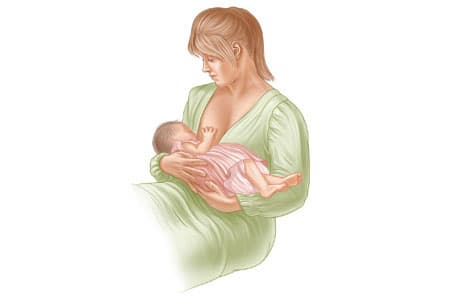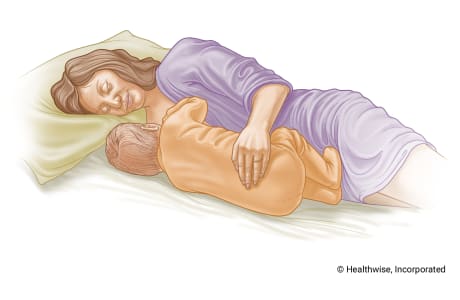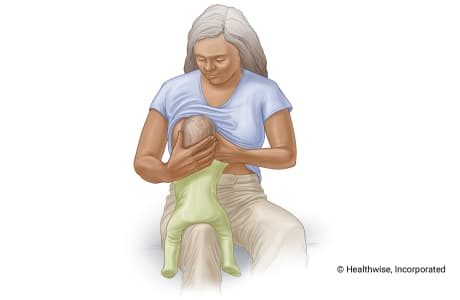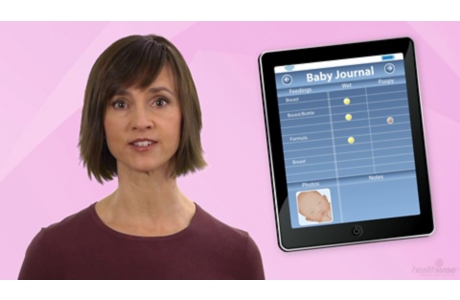Breastfeeding Positions
Overview
Breastfeeding in a proper position will help your baby latch on and breastfeed correctly and make your experience more enjoyable. Also, when you are in a comfortable and relaxed position, let-down happens more easily.
There are several breastfeeding positions. You are more likely to drain all areas of your breast by changing breastfeeding positions often. This helps to prevent blocked milk ducts. If you had a cesarean delivery, you may find some positions more comfortable than others.
In any position:
- Don't bend over your baby when breastfeeding. Bring the baby to you—not you to the baby. Bending over can lead to back and neck problems.
- Keep your baby's body and head aligned straight. The baby's head should be straight with the body, not turned to one side or tilted up or down while breastfeeding.
- Use one or more pillows to support your arms and the baby. This will help you and your baby be more comfortable during feeding.
Breastfeeding positions
Cradle hold

In the cradle hold (traditional), you sit up with your back supported. One arm supports your baby, with your baby's head in the bend of your elbow and your open hand supporting the baby's bottom or back. Your baby's belly lies against yours. Use your other hand to support your breast and guide it into your baby's mouth for a proper latch.
Cross-cradle hold

In the cross-cradle hold, your baby's abdomen lies against yours. One hand is low on the baby's head to give control as you bring your baby to the breast to latch. The other hand (on the same side as the breast being used) supports the breast and narrows it to help the baby form a good, deep latch onto the areola.
Football hold

In the football hold, you sit on a bed or sofa. Your baby is tucked under your arm and lying along the side you will be feeding on. You can use pillows to help support the baby and your arms. The baby's head is in your hand (on the same side as the breast being used), and the baby's upper body is supported by your arm. With that hand you can control the baby's head to bring the baby's mouth in quickly for a good latch. Your other hand reaches across to support and narrow your breast.
Side-lying position

In the side-lying position, you and your baby lie on your sides facing each other. You can place pillows behind the baby's back for support. Your baby's mouth should be close to your nipple. The hand on your top side supports your lower breast and guides it into your infant's mouth. After the baby has latched on, you can use this arm to cuddle your baby into you closely.
Australian hold

In the Australian hold, your baby is held vertically and straddles your thigh, facing you. Your knee supports your baby's bottom, while one hand is low on the baby's head to give control as you bring your baby to the breast to latch. The other hand (on the side opposite from the breast being used) supports and narrows the breast to help the baby form a good, deep latch on the areola.
Related Information
Credits
Current as of: July 15, 2025
Author: Ignite Healthwise, LLC Staff
Clinical Review Board
All Ignite Healthwise, LLC education is reviewed by a team that includes physicians, nurses, advanced practitioners, registered dieticians, and other healthcare professionals.
Current as of: July 15, 2025
Author: Ignite Healthwise, LLC Staff
Clinical Review Board
All Ignite Healthwise, LLC education is reviewed by a team that includes physicians, nurses, advanced practitioners, registered dieticians, and other healthcare professionals.






